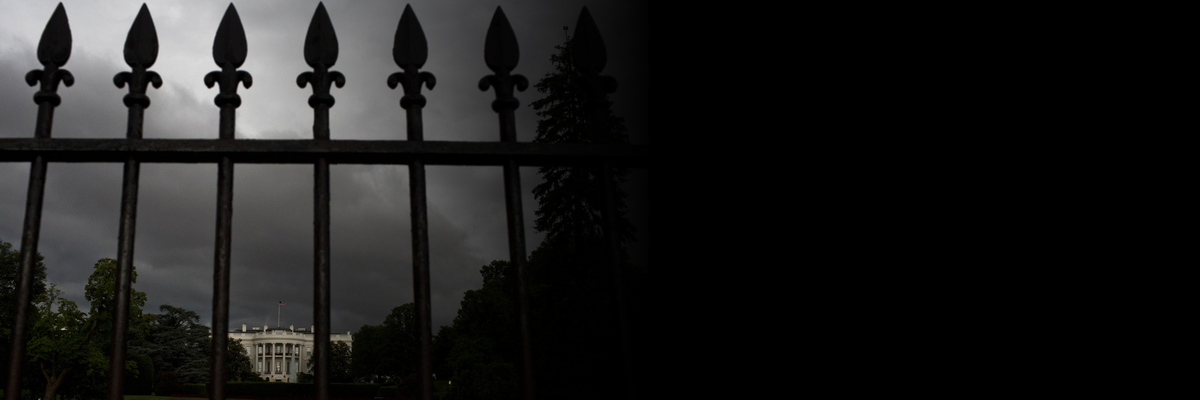One of the most contentious issues of the U.S. presidential campaign will be how to fix what many agree is a malfunctional health-care system. Adding fuel to the fire is a study published last month detailing the shortcomings of U.S. health care when compared to the systems of other developed countries, including Canada, the United Kingdom and New Zealand.
The study, entitled "Mirror, Mirror on the Wall: An International Update on the Comparative Performance of American Health Care," released by the Commonwealth Fund in New York, finds that not only is the U.S. health care system the most expensive in the world (double that of the next most costly comparator country, Canada) but comes in dead last in almost any measure of performance.
Although U.S. political leaders are fond of stating that we have the best health-care system in the world, they fail to acknowledge an important caveat: It is the best only for the very rich. For the rest of the population, its deficits far outweigh its advantages.
For the Republican presidential candidates, health care hasn't become a major issue -- yet. The three leading Democratic candidates, however, are outspoken critics of the health-care system and argue for the need to increase coverage to most, if not all, Americans.
This new study not only confirms the findings of previous Commonwealth Fund studies, but also a previous analysis by the World Health Organization in 2000 that found the overall performance of the U.S. health-care system ranked 37th among the countries included in the analysis.
The Commonwealth study compared the United States with Australia, Canada, Germany, New Zealand and the United Kingdom. Although the most notable way in which the United States differs from the other countries is in the absence of universal coverage, the United States is also last on dimensions of access, patient safety, efficiency and equity.
The other five countries considered spend considerably less on health care, both per capita and as a percent of gross domestic product, than the United States. The United States spends $7,000 per person per year on health care, almost double that of Australia, Canada and Germany, each of which achieve better results on health status indicators than the United States. This suggests that the U.S. health-care system can and must do much more with its substantial investment in health.
The United States also lags behind all industrialized nations in terms of health coverage. The most recent data available from the U.S. Census Bureau indicate that 46.6 million Americans (about 15.9 percent of the population) had no health insurance coverage during 2005, an increase of 1.3 million over the previous year. It is no wonder, then, that medical bills are overwhelmingly the most common reason for personal bankruptcy in the United States.
According to the Children's Health Fund, 9 million children are completely uninsured in the United States, while another 23.7 million - nearly 30 percent of the nation's children -- lack regular access to health care.
Compared to the other countries studied, the United States lags behind in the adoption of information technology and other national policies that promote quality improvement. Up-to-date information systems in countries such as New Zealand, Germany and the United Kingdom enhance physicians' ability to monitor chronic conditions and medication use, including medications prescribed by other physicians. In other countries, experienced nurses are working to monitor chronic conditions, thus easing the physicians' burden.
The United States also ranks last among the countries studied, both in terms of efficiency and equity. The United States has poor performance on national health expenditures and administrative costs. In terms of equity, Americans with below-average income were more reluctant to visit a physician when sick, and more often did not get a recommended test, fill a prescription or undergo a needed treatment or seek a proper follow-up on a condition.
Only a thorough reform can solve the U.S. health care system's deep structural problems. It is imperative that everyone is adequately insured and has the possibility to afford good care. At the same time, the United States must make sure to incorporate the advantages of modern health information technology and to ensure an integrated medical record and information system.
Lessons from other countries' experiences could be applied and adapted to the U.S. situation. In a recent article in the Journal of the American Medical Association, Dr. Ezekiel J. Emanuel, from the Department of Clinical Bioethics at the National Institutes of Health stated, "The U.S. health-care system is considered a dysfunctional mess." Given the seriousness of the situation, this is an understatement.


